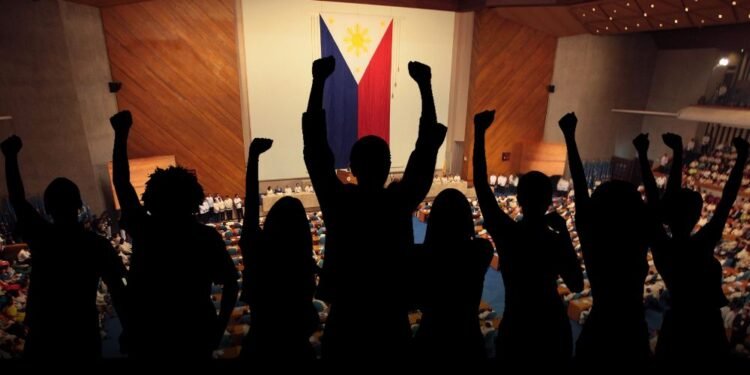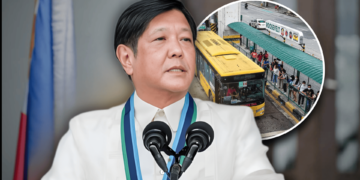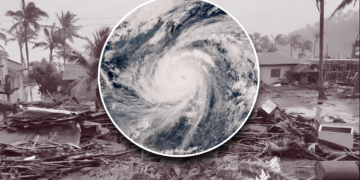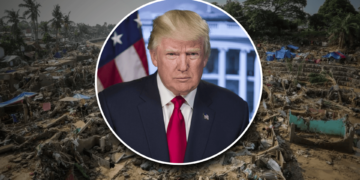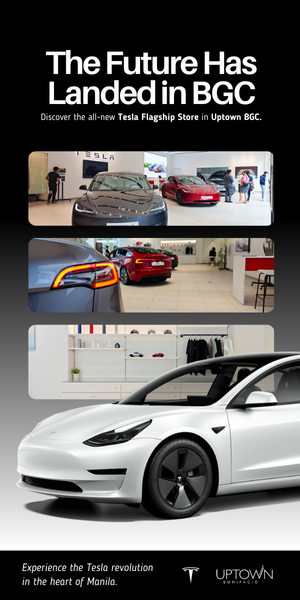In the 2025 Philippine Senatorial election, securing one of the 12 coveted Senate seats required not just charisma and platforms but also staggering financial investments.
With around 70 million registered voters, the legal spending cap stands at ₱3 per voter (roughly ₱204 million) for candidates with political parties.
However, a 2009 Supreme Court ruling allows unregulated pre-campaign spending, letting candidates pour millions—or even billions—into ads, rallies, and media blitzes before the official campaign period (February 11–May 10, 2025).
Precise figures are notoriously hard to pin down, as candidates often underreport expenses, and data on social media, production costs, and grassroots efforts remain incomplete.
Using available data from the Philippine Center for Investigative Journalism (PCIJ), Nielsen Ad Intel, Meta’s Ad Library, and election results from the COMELEC, this article explores the estimated campaign expenditures of the top winning candidates, their rankings, and the financial realities of Philippine politics.
All figures are based on credible, publicly available sources to avoid speculation, reflecting only what’s documented.
The Billion-Peso Campaigns
Leading the financial race, Camille Villar (Nacionalista, Alyansa para sa Bagong Pilipinas) and Imee Marcos (Nacionalista, DuterTen guest candidate) each invested an estimated ₱1 billion in pre-campaign TV and radio ads from January to September 2024.
Villar supplemented this with ₱1.73 million on Meta platforms (Facebook) during July–September 2024. These figures, which exclude campaign-period ads (February–May 2025), production costs, and staff salaries, suggest total spending likely surpassed ₱1 billion for each.
Villar landed 10th with 13,651,274 votes, while Marcos secured 12th with 13,339,227 votes. Their massive investments ensured visibility but didn’t guarantee top ranks, showing that money, while crucial, isn’t everything.
Christopher “Bong” Go (PDP-Laban), who dominated with 27,121,073 votes (1st place), spent at least ₱1 million on Facebook ads in May 2024. While some online claims suggest he spent ₱1 billion on ads, these lack verification from primary sources.
His total expenditure is cautiously estimated in the high hundreds of millions, leveraging his Duterte-backed popularity for a cost-efficient win.
Similarly, Ronald “Bato” Dela Rosa (PDP-Laban), with 20,773,946 votes (3rd place), has no specific ad data, but unverified online claims of ₱1.5 billion are likely inflated. His spending, probably in the hundreds of millions, rode Duterte’s coattails to a strong finish.
Strategic Spending and Grassroots Grit
Other winners balanced media and grassroots efforts. Paolo Benigno “Bam” Aquino (Liberal, 2nd, 20,971,899 votes) spent ₱1 million on Facebook ads, ranking high in social media investment.
His KiBam slate’s grassroots focus suggests total spending in the tens to low hundreds of millions, securing a high rank without Villar’s ad-heavy approach. Erwin Tulfo (Alyansa, 4th, 17,118,881 votes), a broadcaster with Marcos backing, lacks specific data but likely spent hundreds of millions on media, given his prominence.
Francis “Kiko” Pangilinan (Liberal, 5th, 15,343,229 votes) and Rodante Marcoleta (PDP-Laban, 6th, 15,250,723 votes) have no detailed ad figures.
Pangilinan’s grassroots campaign likely kept costs lower, in the tens to hundreds of millions, while Marcoleta, banked on the Duterte vote and a strong rumbling from the support courtesy of CJ Hirro of Peanut Gallery Media Network.
Panfilo “Ping” Lacson (Alyansa, 7th, 15,106,111 votes) and Vicente “Tito” Sotto (Alyansa, 8th, 14,832,996 votes), both Marcos-backed veterans, likely invested hundreds of millions in media and events, though no specific figures are available.
Dynasties and Name Recall
Pia Cayetano (Alyansa, 9th, 14,573,430 votes), from a political dynasty, likely spent in the high hundreds of millions, similar to her brother Alan’s ₱245 million in 2022.
Lito Lapid (Alyansa, 11th, 13,394,102 votes), another Marcos ally, probably matched this, relying on name recall and appearances on a popular TV show to stretch his budget. These candidates show how established names can reduce the need for billion-peso campaigns.
The Fog of Financial Data
Pinpointing exact costs is like chasing shadows. Philippine Center for Investigative Jounalism’s ₱4 billion estimate for pre-campaign ads across nearly 100 candidates highlights the scale, with Villar and Marcos driving half.
Social media spending, like Villar’s ₱1.73 million on Meta, is often underreported, and campaign-period costs await COMELEC’s Statements of Contributions and Expenses (SOCEs), due by June 2025. Historical trends (e.g., 2022’s underreported SOCEs) suggest gaps will persist.
The 2025 election reveals a Senate seat can cost over ₱1 billion for top spenders like Villar and Marcos, yet strategic campaigns like Marcoleta’s prove efficiency matters.
For most, hundreds of millions, paired with alliances and name recall, clinched victory. The full cost of power will eventually come into focus, but one truth is clear: Philippine politics is a high-stakes, high-cost game.


